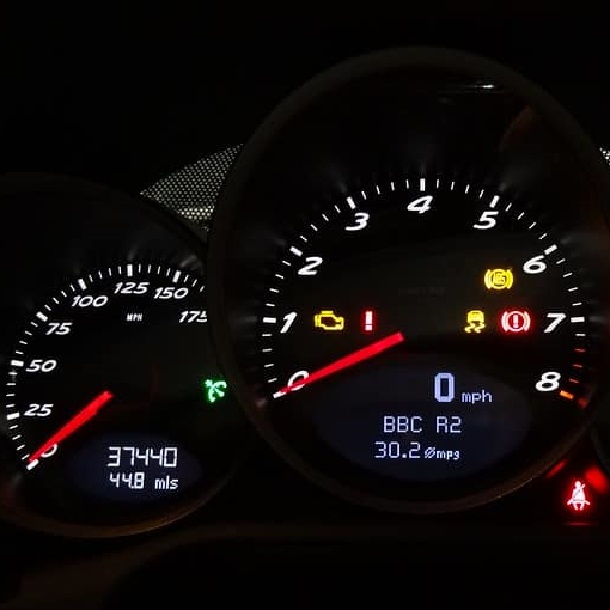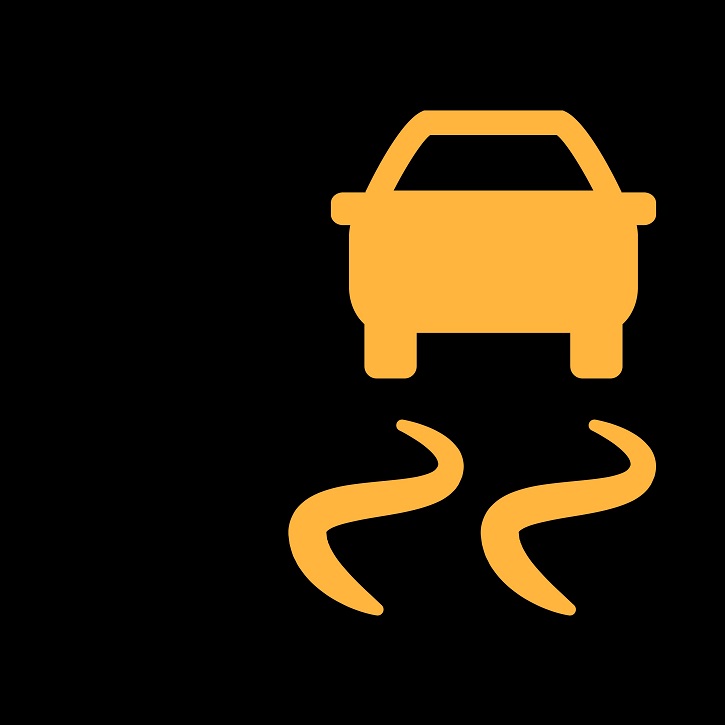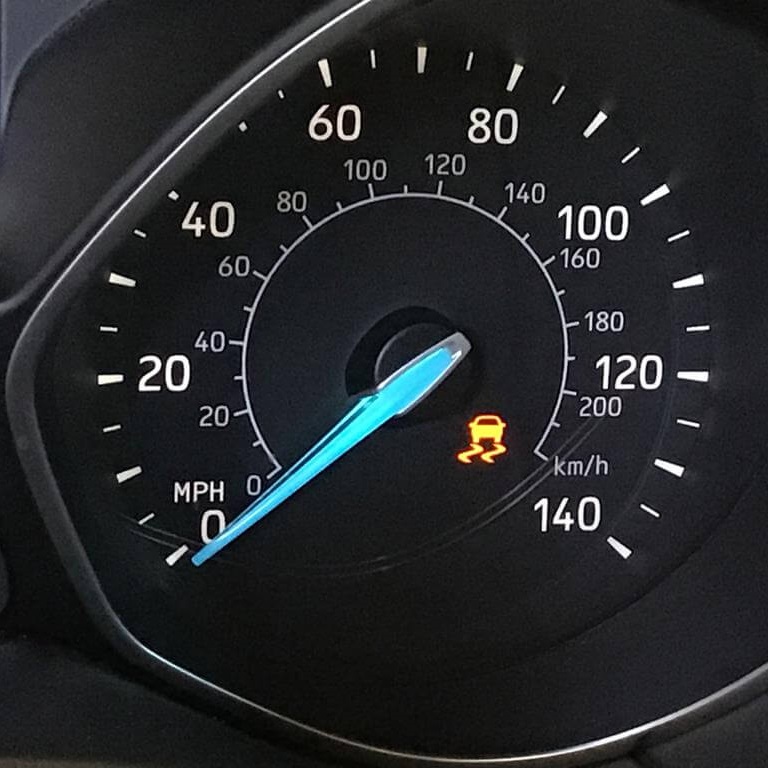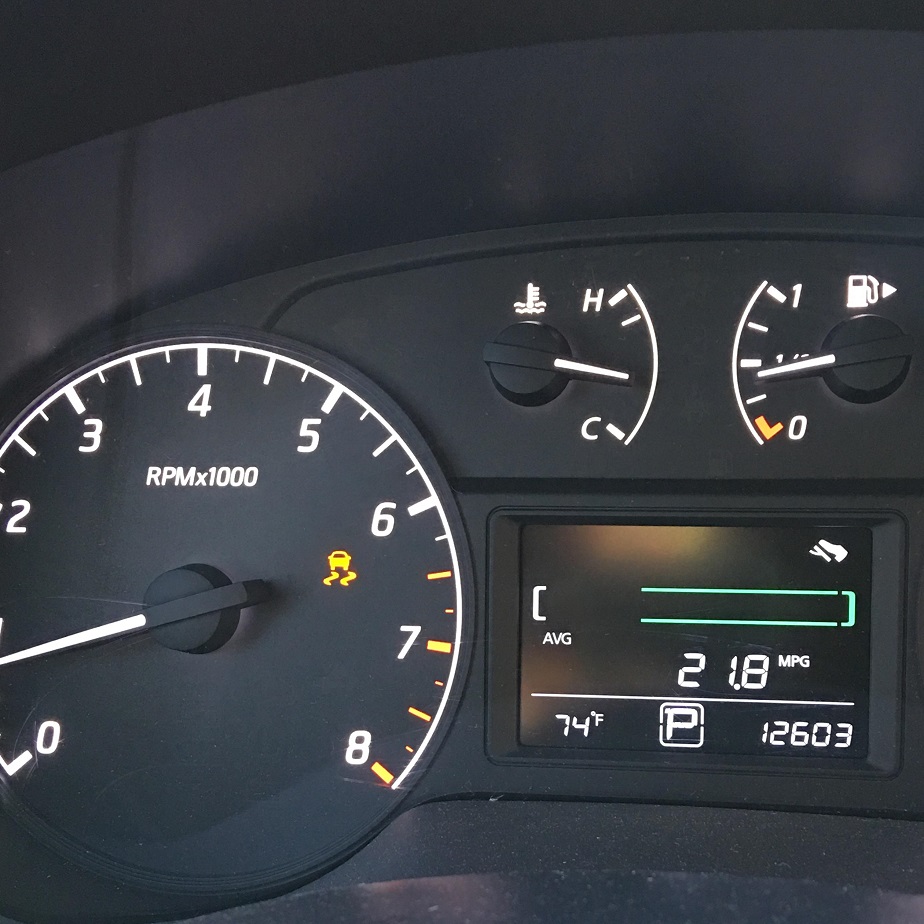The traction light on your car dashboard can be confusing for many drivers. The light serves an important purpose, alerting you to conditions that may affect your vehicle’s grip on the road. Having a clear understanding of what the traction light signifies can not only enhance your driving experience but also ensure your safety behind the wheel. A well-functioning traction control system is crucial for maintaining stability, especially under adverse weather conditions or difficult driving scenarios.
What is the Traction Control System?
The traction control system (TCS) is a feature built into most modern cars. Its primary purpose is to prevent wheel spin during acceleration. When you accelerate quickly, the engine sends power to the wheels. If one or more wheels lose grip, the TCS kicks in. It reduces engine power or applies the brakes to the slipping wheels, ensuring that your car maintains traction. This system is particularly beneficial in slippery conditions like rain, snow, or ice.

Why is Traction Control Important?
Traction control is vital for maintaining vehicle stability. When you lose grip, your car can skid or slide. This can lead to dangerous situations, especially if you are making a turn. A functioning TCS can prevent accidents by providing better control. It can significantly decrease the chances of spinning out or losing control. Additionally, many insurance companies offer discounts for cars equipped with advanced safety features like traction control, making it a good investment.
How Do You Know When the Traction Light is Activated?
When the TCS is engaged, a light will appear on your dashboard. This light typically looks like an outline of a car with wavy lines underneath it. If you see this light while driving, it means your vehicle is actively managing traction. The light may blink during normal operation, indicating the system is working. This is generally not a cause for concern.
However, if the light remains illuminated, it could be a sign of a problem. Your car might not be able to control traction as intended. In this case, it is essential to take the vehicle to a qualified mechanic to diagnose any underlying issues. Ignoring an illuminated traction light can lead to compromised handling and increased risk of accidents.
Common Reasons for the Traction Light Activation
Several factors can cause the traction light to activate. Understanding these reasons can help you address any issues proactively.
Slippery Road Conditions
One of the most common reasons for the traction light turning on is slippery road conditions. Whether it’s rain, snow, or ice, all of these elements can reduce tire grip. The TCS systems are designed to engage under these scenarios. When the system detects wheel slip, it activates to maintain control.
Faulty Wheel Speed Sensors
Wheel speed sensors monitor how fast each wheel is turning. If one of these sensors fails, it can trigger the traction light. A faulty sensor may send incorrect data to the traction control module. As a result, the system may think the wheels are spinning when they are not. Checking the wheel speed sensors is crucial if you experience continuous activation of the traction light.
Issues with the Anti-Lock Braking System (ABS)
The traction control system is often linked to the anti-lock braking system (ABS). In fact, both systems use similar technology to maintain control. If there is an issue with the ABS, it can affect the TCS. The ABS light may also illuminate alongside the traction light. If both lights are on, it’s time to have your vehicle checked by a professional.
Uneven Tire Pressure
Tires with uneven pressure can lead to varying levels of grip. Low tire pressure can cause instability, causing the traction light to activate. Regularly checking your tire pressure can help prevent this situation. Maintaining balanced tire pressure not only keeps the traction light off but also improves fuel efficiency.
Consequences of Ignoring the Traction Light
Ignoring the traction light can lead to serious consequences. Vehicle stability is compromised when the TCS is not functioning effectively. Here are some risks associated with neglecting the light.
Increased Risk of Skidding
One of the most immediate dangers of ignoring the traction light is the increased risk of skidding. If your vehicle is unable to control wheel slip, you may lose control while turning or accelerating. This can lead to accidents, especially during adverse weather conditions. Always heed the warning of a traction light and act to rectify any underlying issues.
Compromised Handling
A malfunctioning traction control system can also affect your vehicle’s handling. You may notice that your car feels different while driving. It could feel less stable or more prone to slipping. This can make everyday driving a challenge. It can also be dangerous when navigating tight turns or sudden stops.
Damage to Critical Systems
The longer you delay addressing an illuminated traction light, the greater the risk of damaging other systems in your car. A malfunctioning TCS may cause additional strain on your braking system or drivetrain components. Early intervention is key to avoiding costly repairs.
How to Reset the Traction Light
Sometimes, the traction light may turn on due to temporary conditions. After addressing the issue, you may wish to reset the traction light. Here are steps to do this safely.
Disconnecting the Battery
One way to reset many dashboard lights, including the traction light, is to disconnect the battery. Locate your car’s battery and carefully remove the negative terminal. Leave it disconnected for about 15-30 minutes. Reattach the terminal and start your car. The light may reset if the issue was temporary. However, be cautioned that this method may not fix underlying issues.
Using an OBD-II Scanner
A more technical but effective method for resetting the light is using an OBD-II scanner. This tool can read error codes and pinpoint issues in your vehicle. Once you fix the underlying problem, you can use the scanner to clear the codes. This will usually reset the traction light.
Consulting Professional Mechanic
If you are uncomfortable with either method, it’s best to consult a professional mechanic. They can look into the problem thoroughly and reset the light properly. Sometimes, diagnostic tests can identify why the light turned on initially.
Tips for Maintaining a Functional Traction Control System
To ensure that your traction control system remains in optimal working condition, you can follow some straightforward maintenance tips.
Regular Vehicle Inspections
Regular vehicle inspections will catch any emerging issues with your TCS. A mechanic will check vital systems, including brakes and sensors. Keeping up with these inspections helps you maintain a proper traction control system.
Tire Maintenance
Tires play a significant role in how effectively the TCS functions. Regularly check your tire pressure and tread depth. Rotating your tires can also help maintain even wear. Properly maintained tires provide better grip, decreasing the chances of the traction light activating unexpectedly.
Stay Informed
Educate yourself about how your car’s traction control system functions. Understanding the technology makes it easier to identify when something might be wrong. Knowing your vehicle helps you become a more proactive driver.
Know Your Driving Conditions
Be aware of the driving conditions you face regularly. If you frequently drive in adverse weather, ensure that your tires and brakes are in top shape. Adjusting your driving style to the current conditions can also reduce reliance on the TCS.
Conclusion: Final Thoughts on Traction Control Lights
Understanding the traction light and its implications for safety and performance is crucial for any driver. It acts as an early warning system, ensuring that your vehicle remains stable in various driving conditions. Don’t underestimate the importance of an effective traction control system. Regular maintenance and awareness will go a long way in keeping you safe on the road and your TCS functioning properly.
In summary, paying attention to the traction light is not just about preventing dashboard annoyance. It is about ensuring the safety of yourself, your passengers, and other road users. So, the next time you see that little light flicker on your dashboard, take it seriously. It could make a significant difference in your driving experience.


